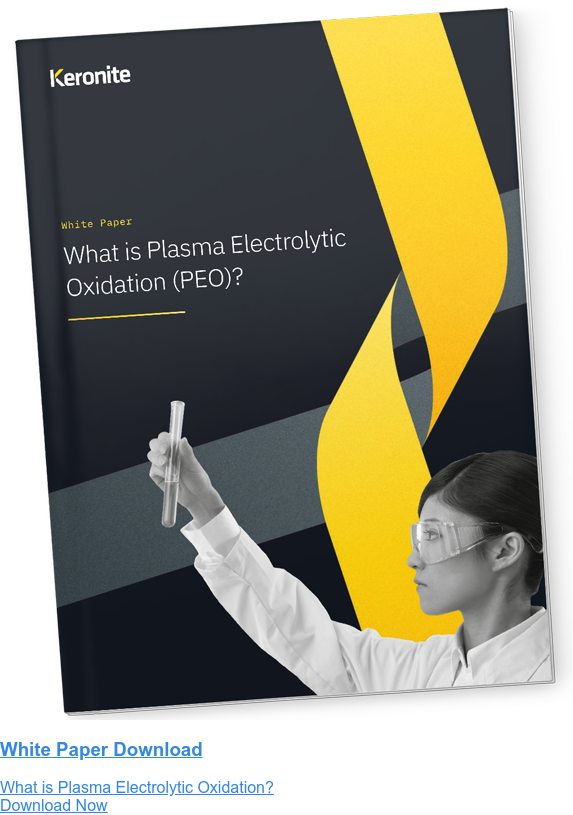The importance of surface technologies in global mobility electrification
1 November 2021Global mobility industries are at the heart of the movement away from non-renewable energy sources. With battery technologies advancing, there are now more incentives than ever for consumers to make the switch.
On the flip side, new regulations and incoming regulations, restricting the sale and use of carbon-emitting vehicles are pressuring manufacturers to take the leap into electric now. This, inevitably, has meant manufacturers are encountering new manufacturing challenges: including reducing the weight (and therefore the efficiency) of their fleets, whilst ensuring these new forms of mobility are an attractive proposition for consumers. The materials that construct these forms of mobility, therefore, are crucial.
What is electrification?
Electrification is the shift away from any non-electric source of energy to electricity. For example, switching from hydrocarbon-based fossil fuels to electricity. Electricity is increasingly being generated from renewable sources, such as hydro, wind and solar.
Renewable energy can be cheaper, is more sustainable and typically generates minimal pollution. In the UK, the government has announced the aim to be “net zero” in terms of greenhouse gases by 2050. As it currently stands, transport makes up around a quarter of greenhouse gas emissions in the UK.
Governments are incentivising the market, too. Tax benefits and grants are available for manufacturers and fleet operators. Reduced emissions and sustainability are key drivers for the electrification of many transport sectors. From aircraft to electric bikes, engineers are faced with very similar challenges when it comes to electrifying transport methods. Vehicle weight, battery efficiency and passenger safety are the main concerns across most transport sectors. With trains and passenger vehicles leading the way, other transport sectors are keen to adapt their technology.
Aerospace
The aviation industry has one of the most significant carbon footprints and its passenger numbers continue to increase year on year. Electrification of aircraft is still in the development stage, with the focus on short-haul journeys (under 500 km). NASA’s Electrified Aircraft Propulsion (EAP) project hopes to develop new technologies for aerospace, and hopes to have functional, fully-electric aircraft in operation by 2035. eVTOLs are another example of how the industry is evolving.
Automotive
Electric vehicles (EV) are widely available and adopted in many parts of the world. Transport infrastructures are being adapted to accommodate EV charging points and vehicles are becoming more affordable to consumers. Road freight is also adapting to electric-powered vehicles, with Volvo Trucks offering a full range of electric heavy goods vehicles (HGVs) on sale from 2021.
Construction, commercial and agricultural vehicles
Off-highway and heavy-duty vehicles have traditionally been powered by diesel. The power requirements and resulting high up-front costs of electrification are often difficult for these industry sectors to meet. But these costs are falling, and with hydrocarbon fuel costs rising, and CO2 emission restrictions becoming more stringent, electric vehicles for non-passenger vehicle sectors such as construction, agriculture and mining are becoming more affordable and therefore attractive for businesses.
Rail transport
Trains and trams have been running on electricity for over 100 years. Many of these are powered from overhead lines and are highly efficient. Some of the fastest train lines in the world, including the Japanese bullet train and the French TGV, are purely electric. For comparison, travelling from Tokyo to Osaka produces just 16% of CO2 emissions of the equivalent journey by car. Electric trains were originally designed to reduce noise impact in urban areas, and the technology continues to demonstrate the success of electric vehicles to this day.
Marine vessels
Large-scale blue-water cross-continent marine vessels running purely on electricity will present a challenge to engineers. But smaller vessels, for fishing or passenger vessels are already seeing a shift towards electric power. The Netherlands has been a pioneer for the environment for a number of years, and the Dutch government have now stipulated that all canal boats in Amsterdam must switch from diesel power to electric by 2025.
How can PEO help?
PEO coatings can provide dielectric strengths ranging from 1Kv to 5Kv, with single-layer PEO coatings as well as in duplex coatings – consisting of PEO and an additional sealer solution. However, this performance can be delivered with a number of other benefits, including thermal conductivity, whilst seeking to reduce the weight of vehicles.
The weight of electric vehicles considerably influences power consumption. Lightweighting strategies to reduce vehicle weight can increase running distance and improve battery life, increasing the range and scope for electric vehicles. Plasma electrolytic oxidation (PEO) is a method of coating light metals to improve performance, protect against corrosion and wear, alongside introducing and enhancing many other characteristics. For the transport industry, replacing steel or cast-iron components with light metals such as aluminium, magnesium or titanium could underpin the success of electrification.
Coating light metals to improve performance means that the transport industry can take advantage of the high strength-to-weight ratio of light metal alloys. The coating itself can compensate for the physical drawbacks associated with these materials, such as poor abrasion resistance and susceptibility to corrosion. The application method for PEO coatings is versatile and environmentally friendly. Complex metal components are immersed in a water-based electrolyte bath to create a uniform protective coating.
PEO coatings are already used to coat light metals for the aerospace and automotive industries. There is scope to use this type of coating across many areas of the transport sector, reducing vehicle weight and improving efficiency for electrification. For more information about PEO surface treatments and corrosion protection for your transport project, get in touch with our team.

 Keronite is now part of the CWST engineered coatings business.
Keronite is now part of the CWST engineered coatings business.